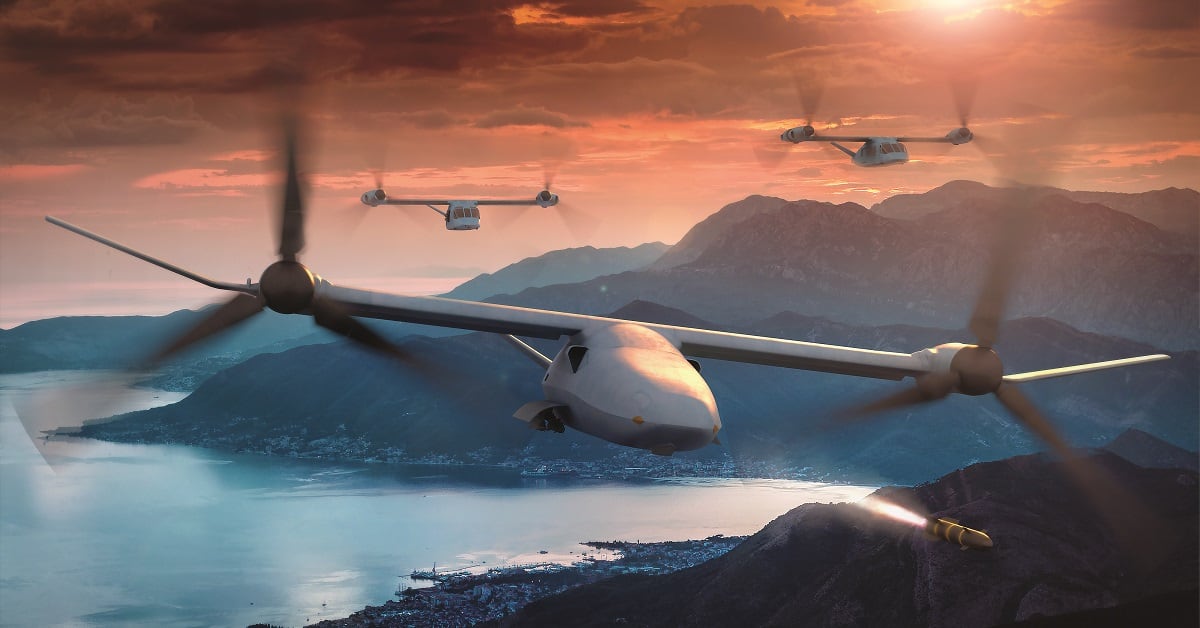The Corps’ futuristic sea drone known as the MUX is moving forward despite Congress gutting more than 50 percent of the program’s funding.
Funding for the MUX was about $14 million less than the requested $25 million in this year’s annual defense legislation, which was signed by President Donald Trump on August 13.
But the program continues to lurch forward.
Officials with the Marine Corps and Naval Air Systems Command, or NAVAIR, are currently conducting engineering analysis visits to various companies to look at potential alternatives that could satisfy the Corps' capability needs, according to Capt. Christopher Harrison.
The visits by Marine and NAVAIR officials are just another step in the MUX acquisition process known as the Pre-Analysis of Alternatives, or AOA. The AOA “compares the operational effectiveness, suitability and life-cycle cost of alternatives that satisfy an established capability need,” Harrison told Marine Corps Times in an emailed statement.
The process allows military officials to get a look at other alternatives that could satisfy some of the Corps’ identified gaps that led to the development of the MUX program, before the U.S. starts pumping in tons of costly investments into the program.
The House Armed Services Committee, or HASC, has been skeptical of the Corps need for a large group five drone and its institutional knowledge to deliver and operate such a platform.
In report issued in May the HASC said it “believes the Marine Corps underestimates the required communications, data link, launch, mission execution and recovery infrastructure, or the human capital resources required to train, operate, maintain and sustain such a system.”
“The Marine Corps also underestimates the necessary human capital resources required to meet current deployment-to-dwell policy and guidance issued by the Secretary of Defense," the report added.
Harrison said the AOA is scheduled to continue into fiscal year 2019. The next step of the process the Corps will solicit proposals for critical technologies such as vertical takeoff and landing and associated subsystems in a Broad Area Announcement.
“Concurrently the teams will work on the Capabilities Development Document (CDD), Modeling Analysis, and Request for Proposal (RFP) to industrial manufacturers, which will define the developmental contract for MUX,” Harrison said.
The CDD helps pull necessary information to aid in developing a program like the MUX in an affordable and timely manner.
“Having reliable funding, as evidenced by the approval of the NDAA [National Defense Authorization Act], will allow the Marine Corps to continue on a predictable, technically feasible, and affordable path to develop this critical capability,” Harrison added.
Shawn Snow is the senior reporter for Marine Corps Times and a Marine Corps veteran.
